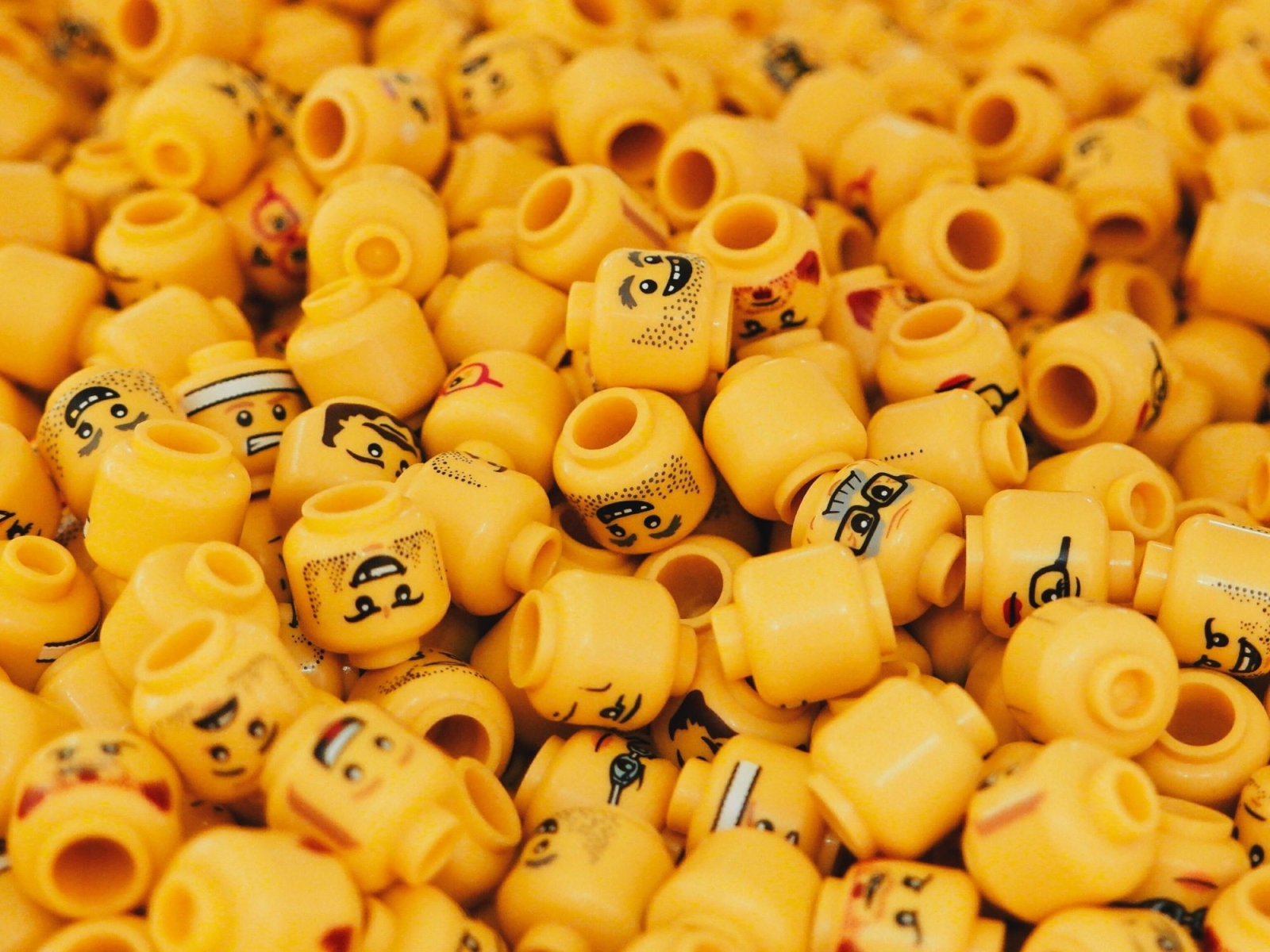In the pink year of Barbie, talk of the environmental impact of toys is back on the table. Alongside the diatribes about the glossy feminist message of Greta Gerwig's film, the sales figures of the world's most famous doll (86 million pieces per year in 2021) are appearing, and, along with them, the fundamental question that nags anyone concerned about the sustainability of the toy industry: what will happen to the little blonde plastics dolls, and all the other playmates, once they are decommissioned and exiled from the playroom?
If the circular economy of toys has so far been left to episodic private initiatives or the goodwill of parents and associations, the push – European and otherwise – toward the adoption of extended producer responsibility schemes could finally lead to a breakthrough for end-of-life toys. Provided, of course, that it succeeds in solving some critical issues peculiar to a particularly delicate and demanding sector.
Why are toys not recycled?
The toy industry is now a real giant, with a global value estimated at $107 billion (data: Statista) and a growth trend that shows no signs of slowing, projected toward $150 billion in 2028. Moreover, it is one of the few industries that has not suffered downturns due to the pandemic, on the contrary taking advantage of locked-in children to sell even more. Yet, it is often deemed a “minor” industry, not given much consideration when it comes to setting standards and policies to make its environmental impacts more sustainable.
The fact that there are no tailored laws and regulations for the sustainability and circularity of toys, as there are for other sectors such as textiles or electronics, is not just a matter of size, though. “The problem is that this is too diverse a product category to be able to collect everything in the same basket,” Lars Vogt, EU policy director for Toy Industries of Europe (TIE), which has national trade associations, companies and multinationals such as Lego, Mattel and Hasbro among its members, points out.
They range, in short, from balloons to dolls, from bricks to Monopoly, from teddy bears to electronic robots: all artifacts that, despite the great prevalence of plastic, are composed of a heterogeneous mix of materials. This means that once they are discarded, unless they are intercepted by the second-hand market or fall into another product category (e.g., electronic games in WEEE), they end up in landfills along with undifferentiated waste.
The reason is also a matter of affordability, as explained in a previous article of ours by the communications office of TerraCycle, a US company founded with the specific aim of recycling the not (yet) recyclable: “When the item is a mix of complex materials, as with the vast majority of toys, collection, sorting and recycling operations cost more than the value of the resulting recycled material. This is why traditional recycling systems in Europe and around the world do not recover toys.” To fill this gap, TerraCycle has since signed a series of partnerships with some global toy market leaders – such as Hasbro, LOL Surprise! and Mattel – to offer free take-back and recycling programs that citizens can sign up for and collect waste on behalf of their communities. Basically, a form of voluntary, privately organized EPR.
The safety issue
There is also the safety aspect to consider, which for the toy world becomes “the” fundamental, absolutely nonnegotiable issue. “Toys are subject to very strict safety standards,” Vogt explains to Renewable Matter, “For starters, they must be built in such a way that they don't break as soon as children use them, and if they do break, they have to do so in a harmless way, without any sharp or dangerous parts popping out. This also means that certain components, such as electronic parts and batteries, must not be easily accessible or removable, which obviously poses difficulties in terms of end-of-life management of the product. Unfortunately, however, the toy industry cannot compromise on this aspect.”
Design for disassembly therefore has no easy life in Toyland, as does another pillar of what could be an effective EPR system: the use of recycled material in new products. “The use of recycled raw materials in toys has to undergo very strict controls along the supply chain,” Vogt points out. “There are some companies that have started doing this, but only for specific product lines (the Italian company Clementoni has created a line of toys made with recycled plastic and diapers, author's note). In any case, only a few years ago, when I started working for TIE, it was considered impossible to produce safe toys from recycled materials, which makes me believe that in the future, thanks to the development of recycling technologies, this practice will be more widespread.”
Also read: THE END OF RUBBLE
The pioneers of EPR for toys
Despite industry-specific difficulties, there are those who are trying to organize a public and mandatory EPR system for toys as well. France, a pioneer in many anti-waste and circular economy regulations, has, in fact, established in the now famous Loi anti-gaspillage pour une économie circulaire the introduction of extended producer responsibility for the toy industry. The first step was to identify an entity that could help manufacturers and distributors fulfill their new obligations upon payment of an “environmental fee.” The FJP, the French toy industry federation, supported the application of the Ecomaison (formerly Eco-Mobilier) consortium, which thus became the PRO (Producer Responsibility Organization) of reference for the entire industry.
“France's EPR system for toys is the first and, as far as we know, so far, the only example in the world,” comments Matthieu Goutti, toy supply chain manager for Ecomaison, to Renewable Matter. A source of pride, to be sure, but also the beginning of a not-so-easy path to build from scratch, with no examples to draw inspiration from. However, the Ecomaison consortium, as Goutti explains, already managed the end-of-life of various household products such as furniture, DIY, and building materials, and was therefore able to draw on experience in dealing with composite products.
A useful background, especially when it comes to referring discarded toys to recycling centers: “Today there are several sorting and recycling centers in France for materials such as wood, plastic, and metal,” explains Goutti. “The challenge is to find the best ways to collect toys and direct them to these sites, with whom we have been collaborating for ten years anyway, for the EPR of furniture".
The greatest challenge, however, will be organizing the collection. “In the absence of an EPR scheme, so far toys have not been properly collected for reuse or recycling,” he continues. “The three main collection points at first will be reuse associations, toy stores (through take-back programs) and public waste collection centers. We are also trying to organize collection in schools.”
In short, the program is just beginning and there is no data yet on quantities and positive impacts, but Ecomaison is looking far ahead: “Once the products have been properly collected by our partners,” concludes Matthieu Goutti, “we will be able to assess which toys are most difficult to recycle and where to intervene with innovation and ecodesign.” Not only recovering materials already in use, then, but also redesigning and improving products from a circular perspective: everything a truly effective EPR scheme should aspire to be.
This article is also available in Italian / Questo articolo è disponibile anche in italiano
Immagine: Carson Arias, Unsplash



